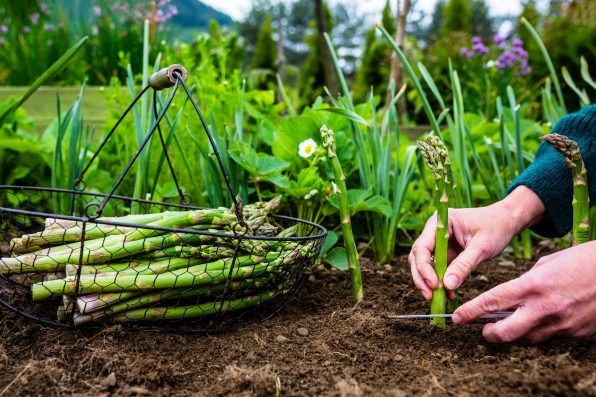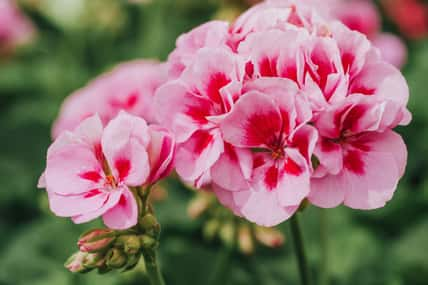This Is Everything You Need To Know To Successfully Grow Asparagus And Elevate Your Gardening Game

Growing asparagus might sound like a task for only seasoned gardeners, given its reputation for requiring patience and a bit of know-how.
But it can also be an incredibly rewarding endeavor – leading to delicious results for years to come.
Yes, asparagus takes its sweet time to mature, requiring a two to three-year commitment before gracing your dinner plate.
Still, the promise of harvesting your own spears for up to two decades makes it a gardening project worth considering for everyone.
So, whether you’re a gardening guru or just starting to dip your toes in the soil, here’s everything you need to know before embarking on your asparagus-growing journey.
Choosing Your Asparagus
Before you even think about digging into the soil, let’s talk about picking the right asparagus for your garden.
Asparagus can be grown from seeds or, more commonly, from one-year-old plants known as crowns. For beginners, starting with crowns is the way to go, as it skips the seed germination process and gets you to the finish line faster.
When selecting crowns, look for ones that are plump and healthy, avoiding any that look dry or withered. Varieties like “Jersey Knight” and “Mary Washington” are popular for their disease resistance and high yield.

Prepping Your Plot
Asparagus thrives in full sunlight and well-drained soil, making location choice crucial. So, you should choose a spot that gets at least eight hours of sun a day and where water doesn’t pool after a rainstorm.
Before planting, you’ll want to get your soil ready for its new tenants by adding plenty of organic matter like compost or aged manure. This will improve drainage and provide nutrients to the plants.
Asparagus also prefers a slightly alkaline soil, so consider a pH test and adjust accordingly.
Planting Time
Planting asparagus crowns is a springtime task – once the soil is workable but before it gets too warm. Around this time, you can dig trenches about 12 inches wide and six to eight inches deep, spacing them about three feet apart.
Place the crowns at the bottom of the trench, spreading the roots outwards, and cover them with two to three inches of soil. Then, as the plants grow, keep filling in the trench until it’s level with the ground.
This gradual burial encourages the plants to shoot up strong and healthy.
The Waiting Game
Now, here’s where your patience will be tested. During the first year, resist the temptation to harvest any spears that appear – because your plants are busy establishing a robust root system.
You might see fern-like growth, which is a good sign. Just keep the area weed-free and water regularly, especially during dry spells.
By the second year, you can start to harvest sparingly in the early spring. But, it’s the third year when the asparagus will fully come into its own, ready for more generous harvesting.
Ongoing Care
As your asparagus plants mature, they will need less babysitting. But that doesn’t mean you can totally forget about them!
First, be sure to mulch the bed in the spring to keep weeds at bay and lock in moisture.
Also, after the harvest season, let the plants grow into ferns. They’re not just pretty, they’re replenishing the nutrients for next year’s crop.
Finally, in the fall, once the ferns have yellowed, cut them down to help prevent disease.
Sign up for Chip Chick’s newsletter and get stories like this delivered to your inbox.












